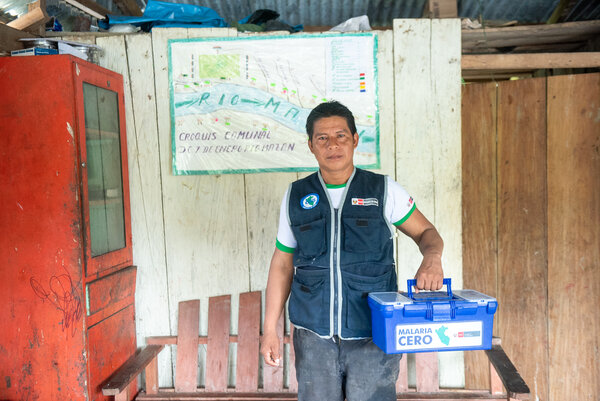P. vivax malaria mortality & morbidity
Morbidity
P. vivax malaria morbidity is caused mainly by anaemia, particularly in pregnant women and children.1
Although parasite densities are lower with P. vivax malaria than with P. falciparum malaria, the removal of uninfected red blood cells with P. vivax malaria is proportionally greater, so the overall reduction in red blood cells is similar for the two species.1
Once individuals have been infected with P. vivax malaria, if they do not receive adequate treatment to eliminate the dormant liver stage forms (hypnozoites) they are at risk of repeated clinical relapses caused by the reactivation of these forms (see P. vivax lifecycle)
Mortality
For many years, P. vivax malaria was considered relatively benign when compared with P. falciparum malaria, rarely resulting in death. However, more recently, severe disease and deaths from P. vivax malaria have been reported from certain geographical regions.
A systematic meta-analysis of 77 studies with reported severe vivax malaria cases described a case fatality rate for severe malaria of 0.3%. In patients hospitalised for P. vivax malaria death occurred in 28.2% of cases.2
For P. vivax malaria, indirect illness resulting from ongoing anaemia following repeated relapses is potentially underestimated.3 Children are especially vulnerable to mortality caused by cumulative severe anaemia from repeated P. vivax malaria episodes.
